← Financial planning hub Get started with your Betterment 401(k)

Why should you invest in your 401(k)?
Haven’t claimed your 401(k) account yet? Get started now
Claiming your account
Your employer has set up a Betterment account for you—and you’ll need to claim your account to get started.
Once you’ve claimed your account, you’ll be able to see if you’re automatically enrolled in the plan.
-

If your employer uses auto-enrollment:
You may already be contributing—typically around 3% of your paycheck—and your investments are in Betterment’s Core portfolio. You’ll have the chance to review and adjust both your contribution rate and investment selection.
-

If your employer doesn’t use auto-enrollment:
You’ll be prompted to set your contribution rate and choose your investment strategy once you claim your account.
Keep in mind
Experts recommend saving 10-15% of your paycheck for retirement. If you’re not comfortable with that yet, don’t worry. Starting with just 2% or 3% can make a big impact over time.
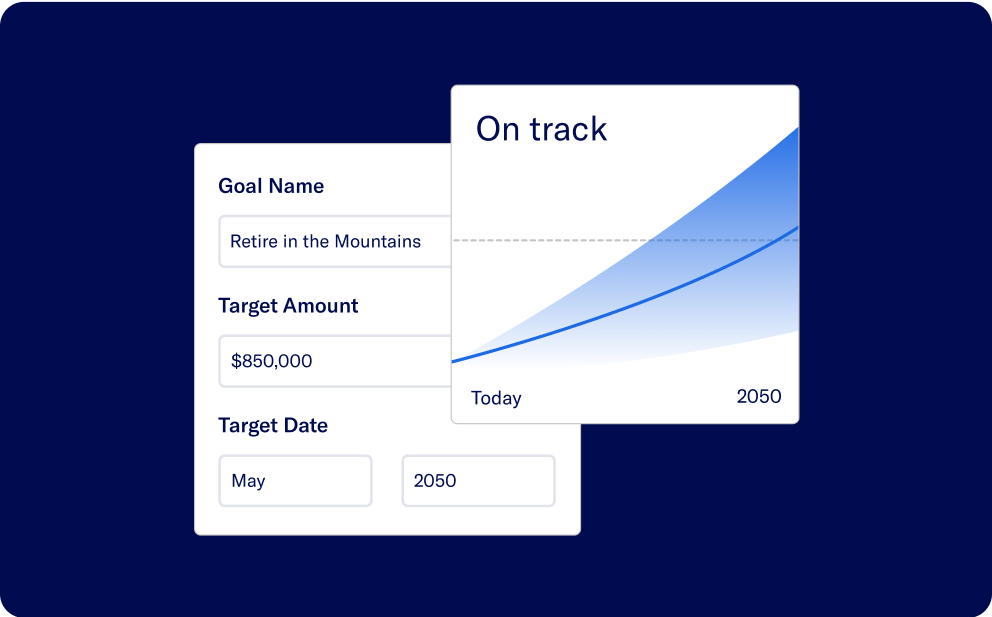
Featured Articles
Video guides
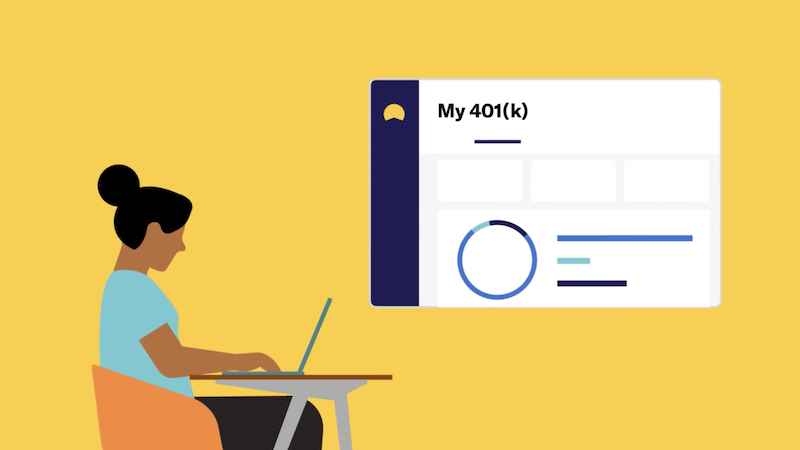
How to claim your Betterment 401(k)
A step-by-step demo of how to set up your account when logging in for the first time.
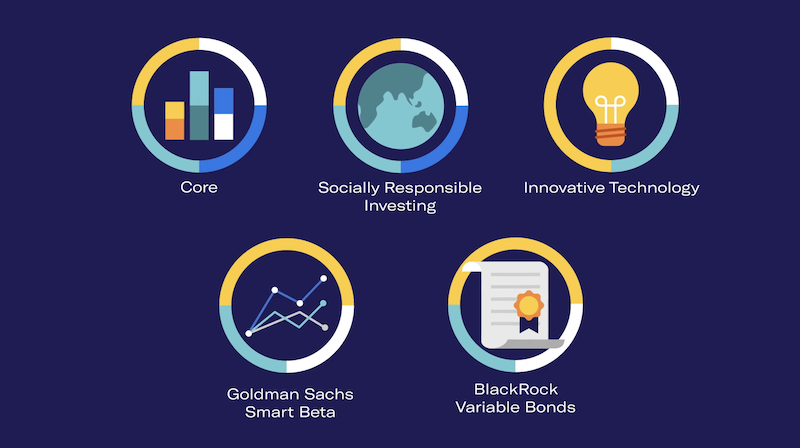
Investment options for your 401(k)
We make it easy to invest like a pro. Learn what investment options are available and what might be the best fit for your retirement.
s%20%20FINAL.png)
Tips on making the most of your 401(k)
Unlock the potential of your 401(k) with expert tips on contribution rates, portfolio choices, and rollover options to help you achieve the retirement you want.
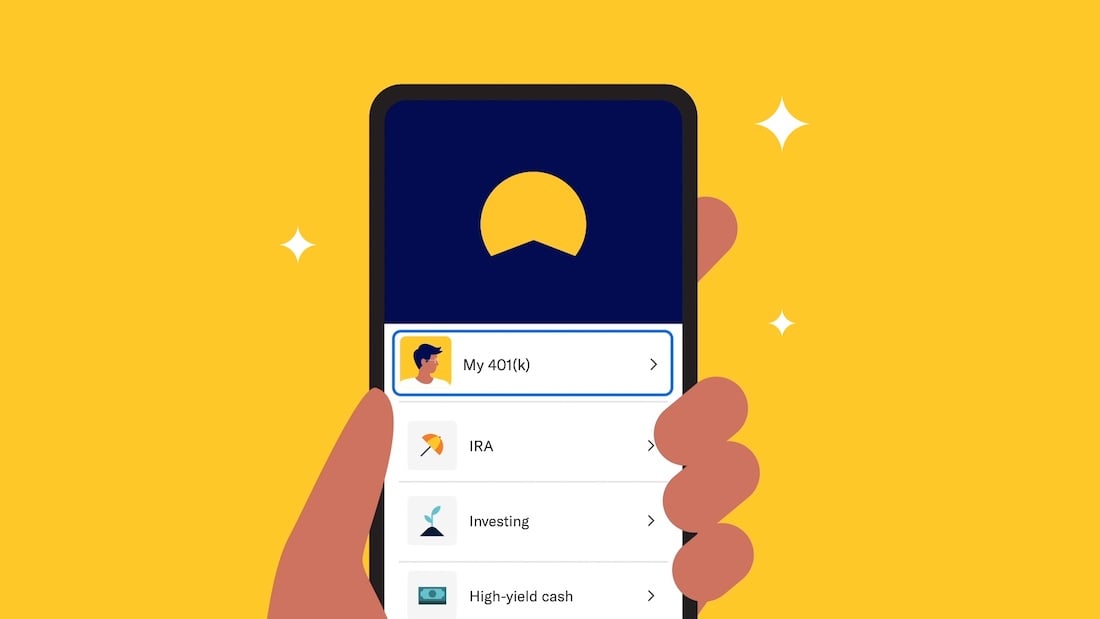
An overview of the Betterment platform
We're more than your 401(k) provider.
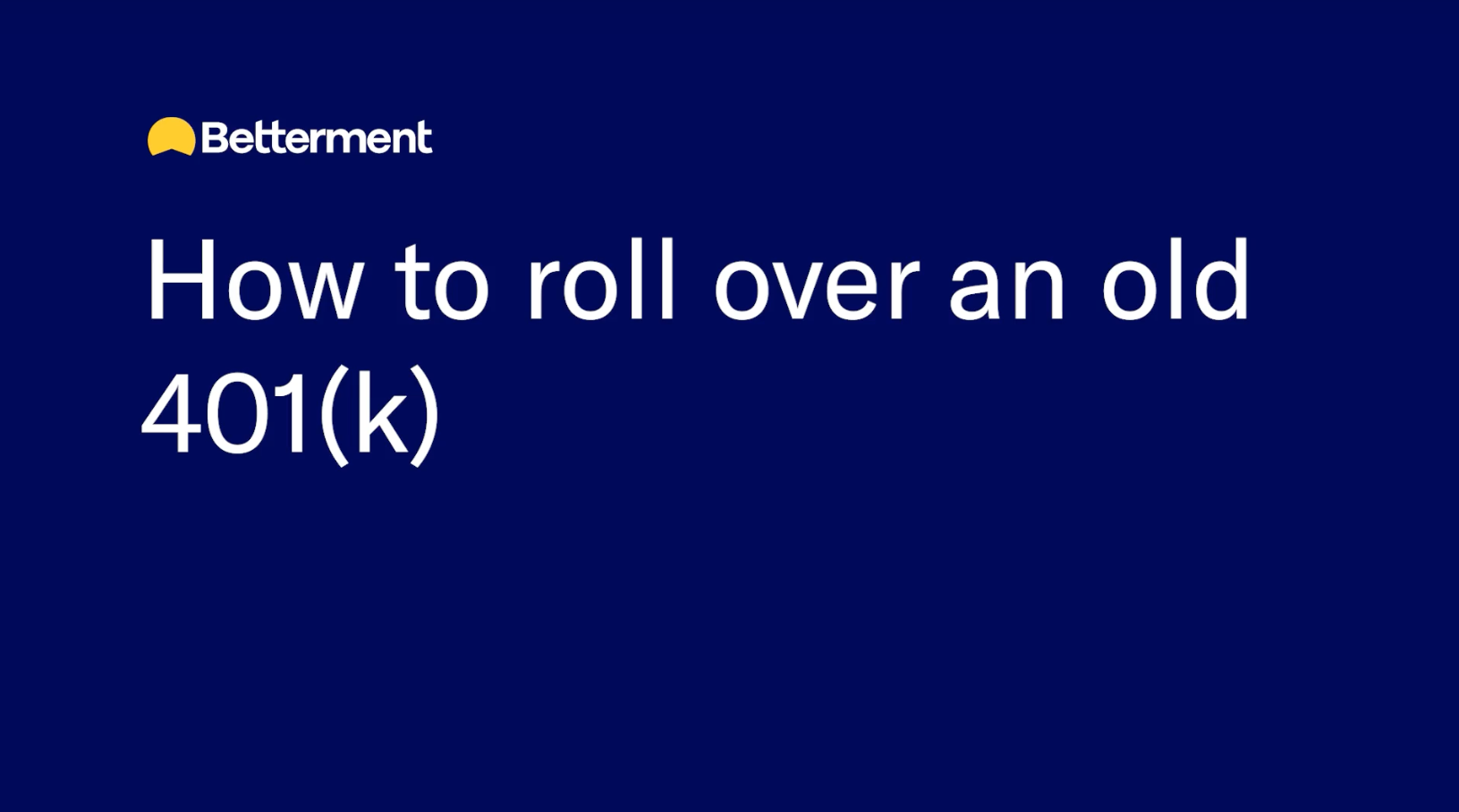
How to roll over an old 401(k)
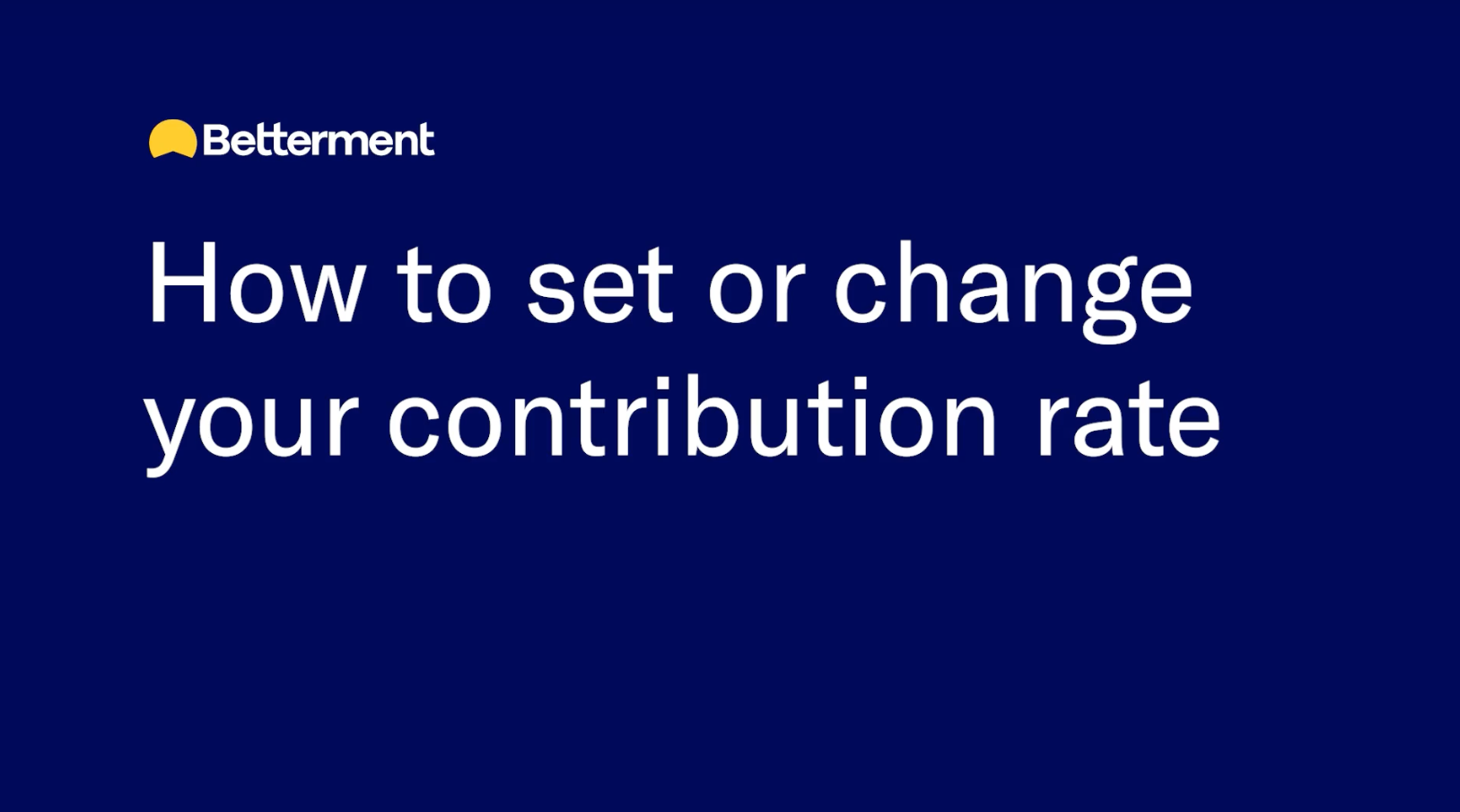
How to set or change your contribution rate
Welcome to Betterment webinar
Join us for a live webinar, where we’ll guide you through the Betterment app, explore the benefits of saving with a 401(k), and address any topics you’d like to learn more about.
Or you can watch a recent recording of the webinar here.

FAQs
Get in touch:
Email:
support@betterment.com
Call:
718-400-6898
Mon - Fri 9:00 AM - 8:00 PM ET
-
When your employer switches to a Betterment 401(k), employees go through a conversion process. During this process, the funds that you held at your previous 401(k) will be transferred to cash in order to move them to Betterment and into your new investment portfolio.
A conversion triggers a “blackout” period, during which you will not have access to your funds. You cannot change investment elections, contribute to, or withdraw from your 401(k) at your prior provider for a short period while your money is transferred to your Betterment account.
You will receive an email from Betterment with a unique link for you to claim your new account. Once you claim your account, you can change your contribution rate and adjust your investment selection.
If you do not receive an email from Betterment, head to betterment.com/accountaccess to get started.
-
In 2025, you can contribute up to $23,500 if you are under the age of 50.
The government allows for “catch-up contributions,” which aims to encourage those age 50 and over to make additional contributions as retirement approaches. The annual limit on catch-up contributions for individuals who attain age 60, 61, 62, or 63 in 2025 is $11,250. For everyone else over 50, you can contribute an additional $7,500. Limits are subject to change each year, so check for the latest IRS guidelines.
-
To complete a rollover into your Betterment 401(k), we use the direct rollover method to prevent any withholding or negative tax consequences. This involves your current provider sending us a check of your funds directly, for your benefit. In some cases, your provider may send the check to your address, which you can then forward to us. Please note: If your plan contains mixed funds, you will need to follow the directions below twice - once for the Traditional portion of your rollover, and again for the Roth portion.
To initiate a rollover into your Betterment 401(k):
Log in to Betterment from a web browser.
Select “Transfer or rollover”.
Choose “Rollover to Betterment”.
Specify that you are moving a “Retirement account”, then confirm the retirement account type.
Answer the prompts to provide details for generating a check payable and mailing instructions via a downloadable PDF Rollover Form.
Follow the instructions on the form carefully, and mail the check to:
Regular mail:
Betterment 401(k)
PO Box 208435
Dallas, TX 75320-8435
For overnight delivery:
Lockbox Services 208435
Betterment 401(k)
2975 Regent Blvd, Suite 100
Irving, TX 75063
Note: The above addresses are for rolling over into a Betterment 401(k). If you are rolling over into a Betterment IRA, please refer to these mailing instructions.
You can access your rollover form within your Other Documents section.
Please contact us if you are unable to submit the rollover request within your Betterment account. -
If your plan has automatic enrollment, your employer is setting your default savings rate in case you don’t take action to defer a portion of your paycheck to your 401(k). Your contributions to your 401(k) will be invested in an age-appropriate portfolio based on your expected timeframe to retirement. You can log in to your account to change both your savings rate—including choosing not to contribute at all—and investment selections at any time.
In general, employees at companies whose 401(k) plans are set up with automatic enrollment are more likely to participate in the 401(k) plan. Many employers are now choosing this option so that they can help more employees get the ball rolling on saving for retirement while still giving you full flexibility to pick the right rate for you. -
When you leave your current job, you have choices for your Betterment 401(k) account. Depending on your balance and the requirements of your former employer's plan, you may be able to keep it with that plan until retirement.
You can also move your benefit to a new employer's retirement plan or your personal IRA account. Alternatively, you can cash out some or all of your account, but remember to consider the taxes and penalties if you're under 59 ½ years old. If you choose a cash distribution when leaving, you'll typically face federal and state income tax withholding plus possible early withdrawal penalties, including an IRS penalty. For more info on potential distributions, visit your 401(k) account's withdrawal flow.
If you're no longer an active participant in a Betterment at Work 401(k) plan and you transfer your funded Betterment 401(k) to a Betterment IRA, there is a is $4/month fee. You automatically switch to an annual price of 0.25% on your investing account balance if you set up recurring monthly deposits or transfers totaling $250 or more or reaching a balance of $20,000 or more across your Betterment investing accounts. Learn more about Betterment's pricing.
Betterment is not a tax advisor; consider consulting a tax advisor about your specific situation.








%20Can%20Still%20Fit%20Into%20Your%20Life%20Among%20Competing%20Financial%20Priorities.webp)